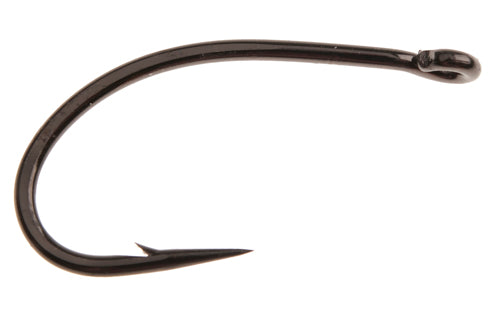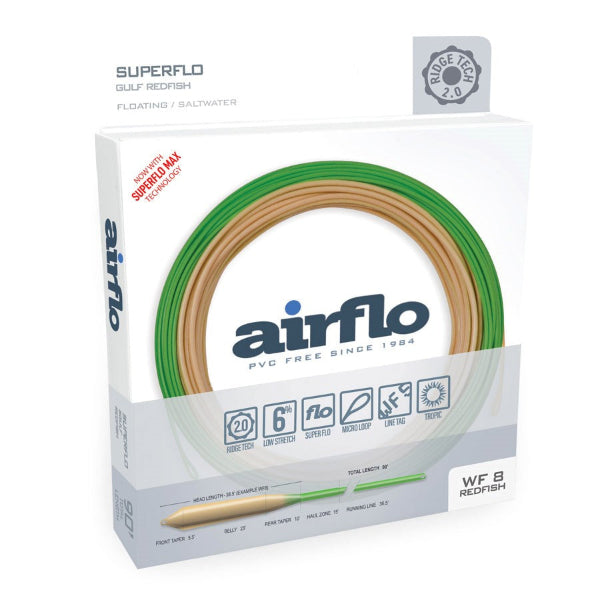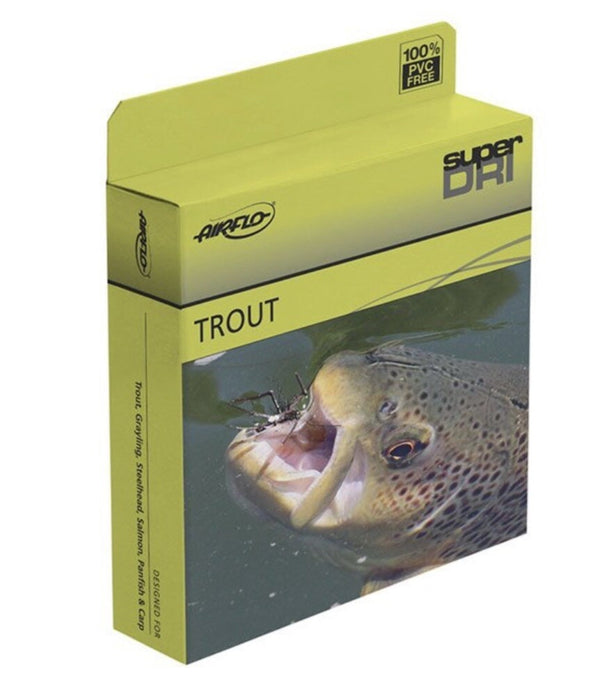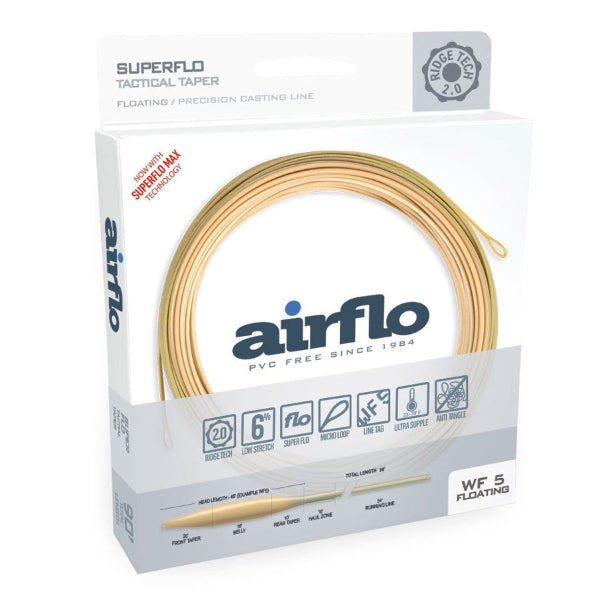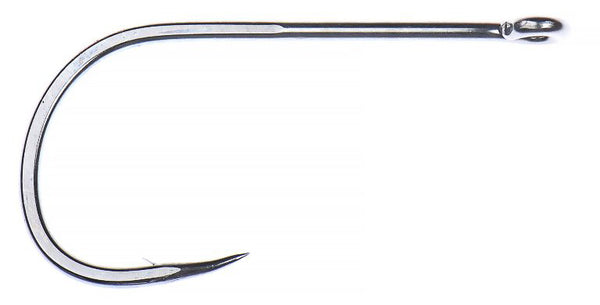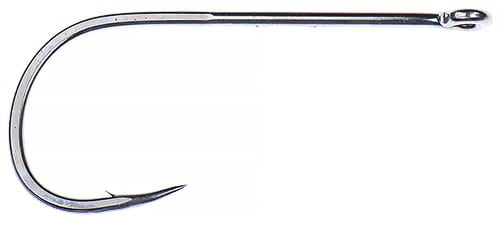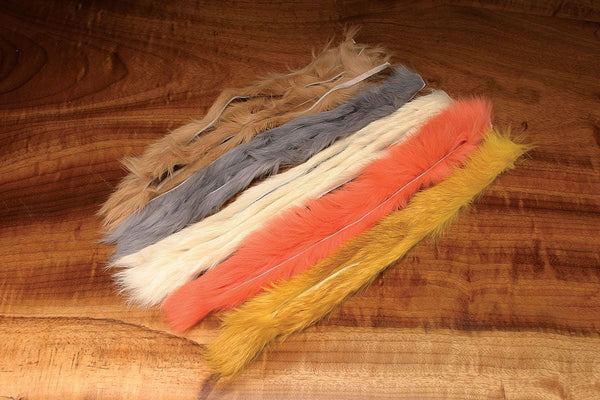Fly tying is a unique blend of artistry, craftsmanship, and deep knowledge of aquatic entomology. At the heart of our craft lies one simple but critical material: the thread. It binds feathers, furs, synthetics, and hooks into creations that imitate nature and entice fish. One concept that often confuses beginners and even intermediate tiers is thread denier. In this article, we'll explore what thread denier means, why it matters in fly tying, and how to make informed decisions about the right thread for your flies.

What Is Fly Tying?
First, let's ensure we're on the same page about what we're doing. Fly tying is the process of creating artificial flies used in fly fishing. These flies imitate the appearance and behavior of natural insects, crustaceans, baitfish, or other food sources. Tiers use various materials like feathers, animal hair, synthetic fibers, tinsel, and—most importantly—thread to assemble these imitations on a hook.
Fly tying is more than just utilitarian; it expresses creativity and skill. From classic dry flies like the Adams or Elk Hair Caddis to streamers like the Woolly Bugger, every fly begins with a thread base, and the thread holds everything together.

The Role of Thread in Fly Tying
Thread plays multiple roles in fly tying:
-
Foundation Layer: It provides a base wrap on the hook, creating texture and grip for other materials.
-
Binding Agent: Thread holds materials like feathers, dubbing, and synthetic fibers securely in place.
-
Shaping Tool: It allows the tier to build up the head and body, control proportions, and create a neat finish.
-
Color Accent: Threads come in various colors, contributing to the fly’s overall appearance.
Because thread serves so many roles, understanding its properties, like denier, is essential for choosing the right one for your specific tying needs.

What Is Thread Denier?
Denier is a unit of measurement that defines the thickness or diameter of a thread. It’s a term borrowed from the textile industry and refers to the mass in grams per 9,000 meters of thread.
-
High Denier = Thicker, Stronger Thread
-
Low Denier = Finer, More Delicate Thread
For example, a thread with a 70-denier rating means that 9,000 meters of the thread weighs 70 grams. Compare that to a 140-denier thread, which would be twice as thick and heavier at 140 grams for the same length.
This measurement helps tiers select the appropriate thread strength and size based on the type of fly they’re tying.

Denier vs. Aught: Clearing Up the Confusion
Historically, fly tying threads were categorized using the “aught” system, like 6/0, 8/0, or 3/0. These numbers are based on a relative scale where:
-
Higher numbers (e.g., 8/0, 12/0) mean finer threads
-
Lower numbers (e.g., 3/0, 6/0) mean thicker threads
But this system is not standardized across manufacturers. One company's 6/0 may differ significantly in thickness or strength from another's.
Denier, on the other hand, is a standardized metric. A 70-denier thread from Brand A should be very close in thickness to a 70-denier thread from Brand B. That’s why many modern tiers prefer to use denier as the more accurate and consistent measure.

Common Thread Denier Ranges and Their Uses
Let’s look at some typical denier ratings and what types of flies they’re best suited for:
| Denier | Approx. Aught | Use Case |
|---|---|---|
| 30D–50D | 14/0–10/0 | Tiny dry flies, midges (size 20–28) |
| 70D | 8/0 | Standard dry flies, small nymphs (size 14–20) |
| 100D | 6/0 | General-purpose thread, mid-size flies (size 10–14) |
| 140D | 3/0 | Larger nymphs, streamers, bass bugs (size 6–10) |
| 210D+ | 210D | Large saltwater flies, deer hair bugs, heavy-duty streamers |
Note: These ranges are approximate and may vary slightly between brands.

Thread Strength and Stretch
Denier is only part of the story. Two threads with the same denier may have different strengths due to their material and how they’re constructed. Thread strength matters when tying bulky materials or finishing a fly with tight wraps.
Some threads are flat and lay nicely on the hook (e.g., UTC Ultra Thread), while others are twisted and bite into materials more easily (e.g., Uni-Thread). Stretch is another factor—threads like Danville’s Monocord have a little give, while GSP (gel-spun polyethylene) threads are virtually unbreakable and have no stretch.
Understanding these properties helps you avoid snapping fine threads or overbuilding flies with bulky wraps.

Popular Fly Tying Thread Materials
1. Nylon
-
Soft and easy to split or flatten
-
Ideal for delicate dry flies and detailed work
-
Brands: Uni Thread, UTC, Danville
2. Polyester
-
Stronger than nylon with less stretch
-
Great for general-purpose tying
-
Brands: Veevus, Semperfli Classic Waxed
3. GSP (Gel-Spun Polyethylene)
-
Extremely strong and thin
-
Ideal for spinning deer hair or tying large streamers
-
Brands: Veevus GSP, Semperfli Nano Silk
4. Kevlar
-
Used in specialty patterns where extreme strength is needed
-
Not as popular today due to advances in GSP threads

Popular Brands
1. Veevus
- The 14/0 and 16/0 are smaller diameter than other brands but noticeably stronger. Doesn't lay as flat as UTC
- Very strong and available in numerous colors
- Less fraying than many other brands
- Available in GSP, 6/0, 8/0, 10/0, 12/0, 14/0, 16/0 and Power Threads
2. Ultra Thread
- Lays very flat
- Available from 70D, 140D, 210D, 280D, GSP
- UTC 140 is a favorite among tyers for its versatility
- Easy to split for split thread dubbing, adding CDC collars, etc
3. Semperfli
- Nano Silk took the tying world by storm due to its strength and small diameter.
- Very strong and small diameter. Does not add bulk
- Black and White Nano Silk in 18/0, 12/0, 6/0 are a must for every tying desk
4. Uni Thread
- 8/0 Uni is extremely popular among tyers
- Corded thread that binds materials down well, but is more difficult to flatten

Choosing the Right Thread
When selecting a thread, ask yourself the following:
-
What size is the fly?
-
What materials are being tied in?
-
Delicate materials need soft wraps
-
Bulky materials like deer hair need strong, secure wraps
-
-
Do I want color to show or blend in?
-
Use brightly colored thread for hot spots or ribbing
-
Match the body color for a seamless appearance
-
-
Do I need thread to lay flat or bite in?
-
Flat threads are great for neat bodies and small flies. UTC is one of the best for being flat.
-
To make the thread more twisted, simply spin your bobbin clockwise.
-

Tips for Working with Different Denier Threads
-
Use the right bobbin tension: Lighter threads snap easily under too much tension. The Stonfo Steeltech Bobbin has micro adjustments for the perfect amount of tension.
-
Build taper with wraps, not thread size: Don’t switch to thicker thread to speed up body build-up—just use more wraps with a fine thread.
-
Pre-wax if needed: Some threads are slippery and benefit from wax to help grip materials.
-
Match your thread to your hook size: A good rule of thumb is to use 70D or lighter for size 16 and smaller hooks, and 140D+ for size 10 and larger.

Conclusion: Mastering Thread Is Mastering Fly Tying
Thread denier might seem like a technical detail, but it’s one of the most critical factors in successful fly tying. Understanding the balance between thickness, strength, stretch, and grip helps you tie more durable, better-proportioned flies that perform well on the water.
Whether you're crafting delicate trico spinners or hefty saltwater deceivers, selecting the right thread denier gives you the control you need to create beautifully tied flies. As you gain more experience, experimenting with different threads becomes part of the fun—and an essential skill in elevating your craft.
So next time you sit down at the vise, remember: it’s not just thread. It’s the spine of the fly, the tool of the tier, and the unsung hero of fly fishing success.





